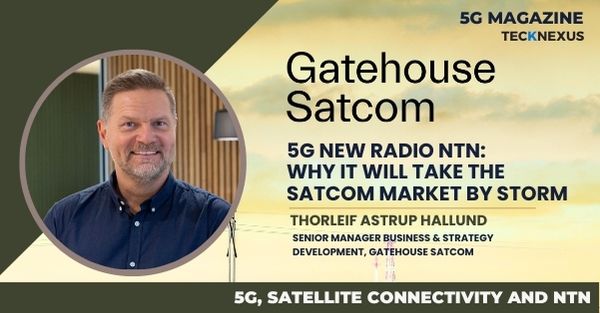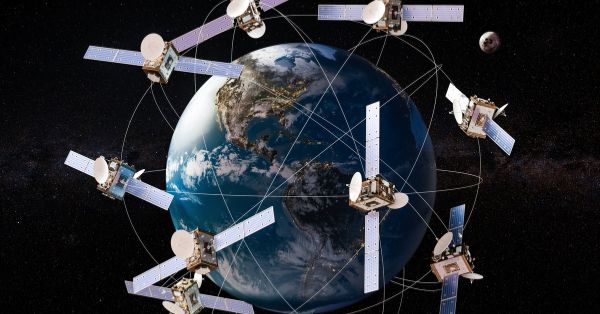Chunghwa Telecom, a Taiwan-based mobile operator, is planning to deploy an open RAN-based private 5G network in Kaohsiung, southern Taiwan, according to a report on news site DigiTimes. The private 5G network will operate in the 4.4-5 GHz frequency band. As per Chunghwa Telecom, this project is a test bed to validate open RAN-based solutions in private network deployments and for streamlining its own 5G enterprise offering potentially.
It will be used to test the stability and compatibility of locally produced open RAN cell equipment, according to the report. Chunghwa Telecom noted that the results of such tests would be a reference for local RAN vendors’ equipment to optimize their products. The company also plans to set up an ‘intelligent operation center’, according to the report, which describes this in-house proposition as “a platform for compatibility of data to support data collection, conversion, and transfers needed in the process to develop 5G applications”.
The new facility will be available for use on a rental basis to reduce costs for 5G application developers, said DigiTimes.
In June, Chunghwa Telecom started to upgrades its installed Ericsson base of mid-band Massive MIMO radios. The telco said at the time it is in the process of upgrading mid-band 5G base stations in an estimated 2,000 sites, along with at least 150 C-RAN (central RAN) sites. The project would not only strengthen its 5G commercial rollout but also significantly lower both operating costs and energy usage, it said.
In March, Nokia signed a two-year agreement with Chunghwa Telecom to enhance its 5G network across Taiwan’s central and southern regions. Under the terms of the deal, Nokia will provide equipment from its latest energy-efficient AirScale portfolio across 4,000 new sites to boost performance and capacity.
Nokia will supply the Asian telco with a wide range of solutions, including macro base stations, small cells, 5G Massive MIMO antennas (64TRX and 32TRX), and passive RRH (8TRX and 4TRX) supporting different spectrum bands.
Chunghwa Telecom ended 2021 with over 12,000 5G stations across Taiwan, Harrison Kuo, chief executive at the firm, said that the 5G penetration in the telco’s overall mobile base had reached approximately 20 percent as of the end of last year. In Q2, the telco said that 5G private network revenue doubled its growth year-over-year, driven by an increase in acquired project numbers that bring in project revenue as well as recurring revenue.




























